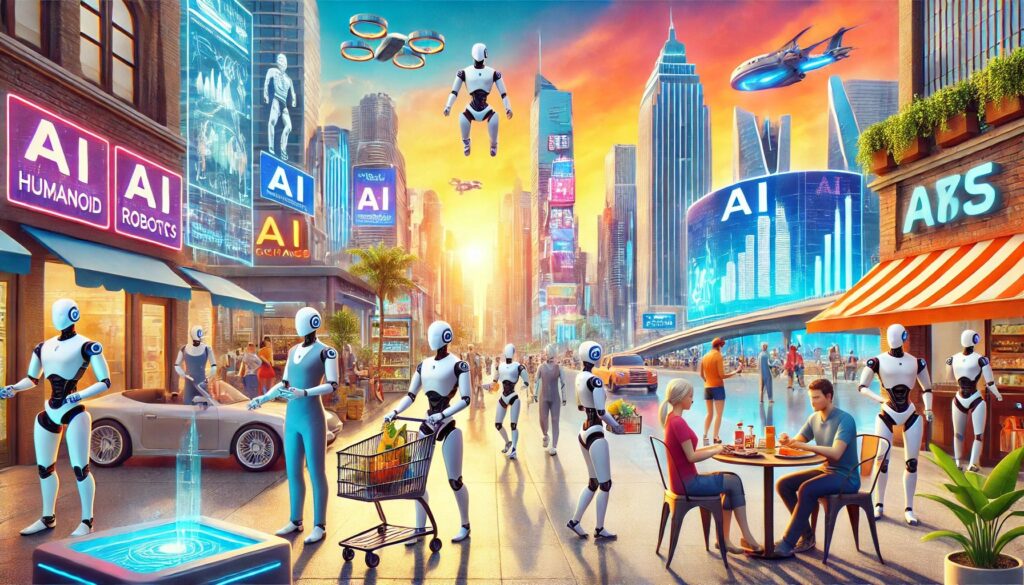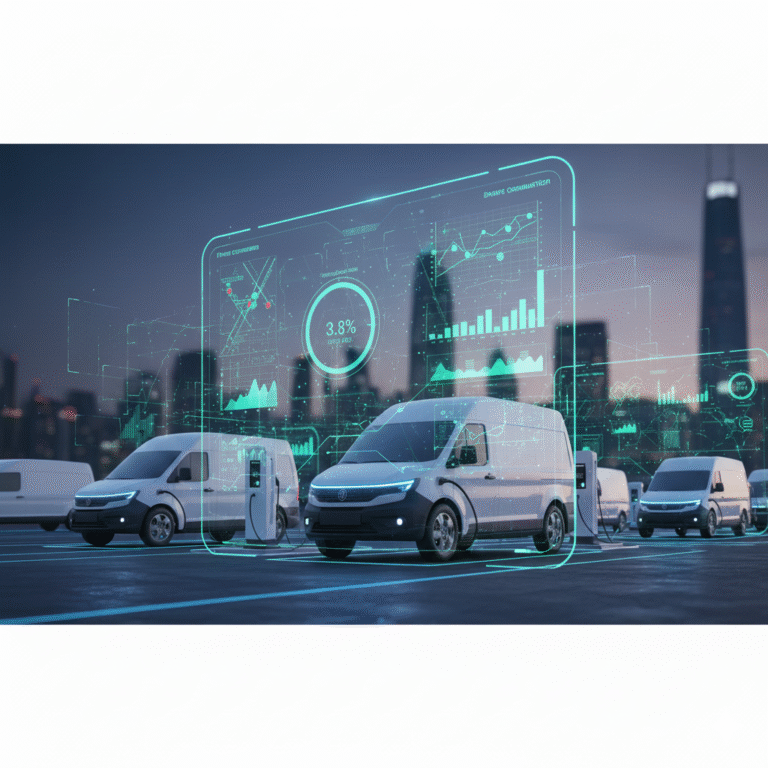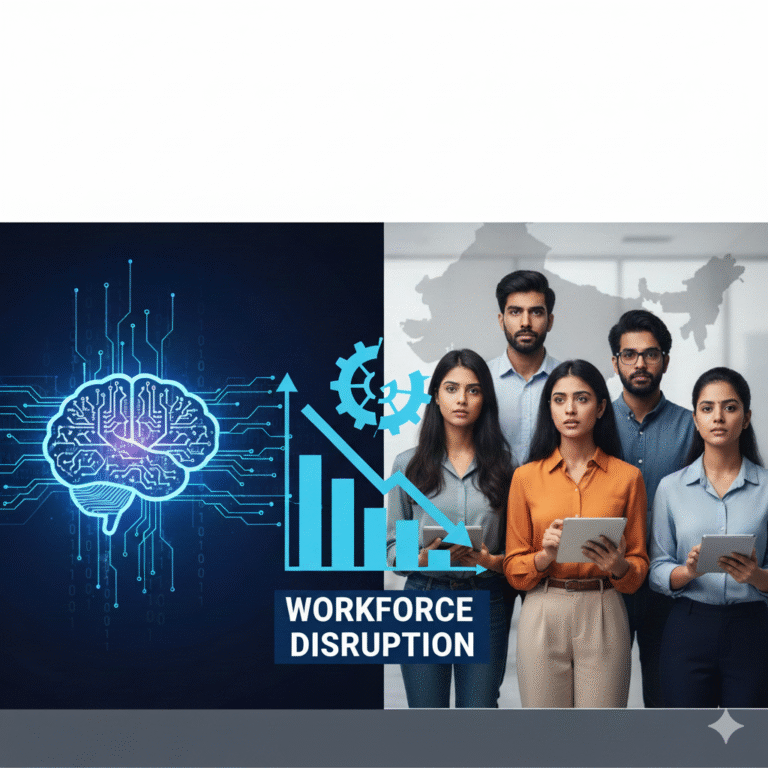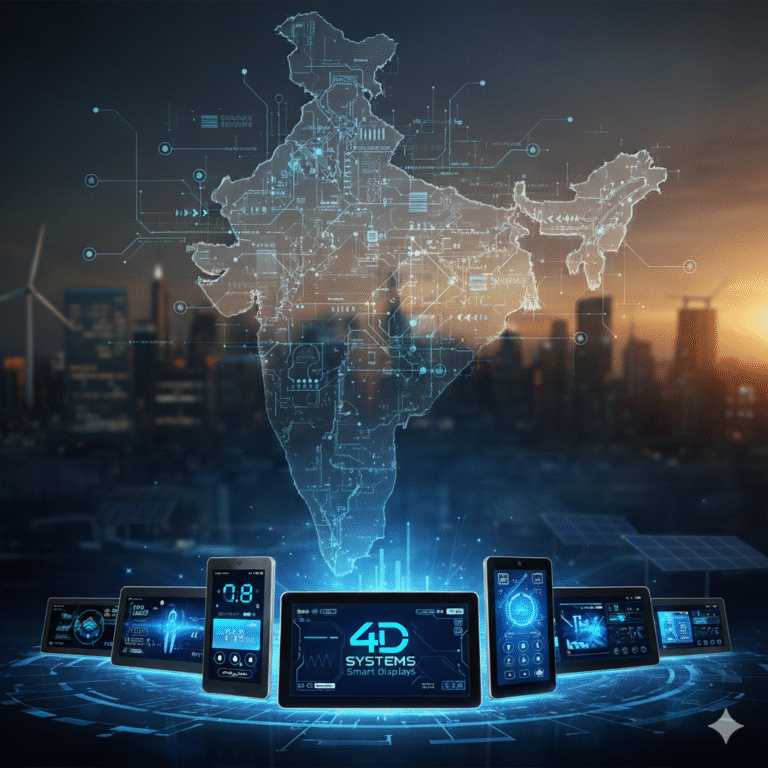
As we stand on the brink of technological transformation, the year 2025 is being hailed as a watershed moment in robotics and artificial intelligence (AI). The integration of human-like robots into our daily lives and industries is no longer a distant dream but a burgeoning reality. This article delves into the advancements, challenges, and possibilities shaping this robotic revolution, offering a glimpse into the future of humanoid robotics and AI.
Humanoid Robots: A Leap Towards the Future
Humanoid robots, designed to mimic human appearance and functionality, represent one of the most ambitious endeavors in robotics. Companies in the United States, China, and Europe are racing to develop robots capable of performing complex tasks in customer service, healthcare, and domestic settings. These robots aim to bridge the gap between human and machine, offering seamless integration into various aspects of life.
Current Developments in Humanoid Robotics
Companies such as Tesla, Agility Robotics, and others are at the forefront of advancing humanoid robot technology. Tesla has set its sights on introducing humanoid robots by late 2025, aiming for applications in both domestic and industrial settings. Similarly, Agility Robotics has demonstrated the capabilities of its humanoid robots in BMW factories, highlighting their transformative impact on manufacturing operations.
In China, firms like Fourier have begun integrating humanoid robots into manufacturing and research environments. These robots are tailored to handle repetitive or dangerous tasks, minimizing human involvement while boosting productivity.
Challenges in Achieving Human-like Precision
Although significant strides have been made, achieving human-like dexterity continues to be a major challenge. Activities that demand precise coordination of the hands and fingers, like assembling delicate parts or conducting surgeries, remain outside the reach of present-day robots. This limitation highlights the necessity for further advancements in AI and robotics.
The Puzzle of Human Hands
The human hand is an extraordinary feat of engineering, able to execute tasks with remarkable accuracy and flexibility. Creating robots that replicate this complexity presents a major challenge for engineers. According to Ed Colgate, a researcher at Northwestern University, mastering the harmonious integration of a robot’s hands and brain is comparable to unraveling a scientific puzzle. Until this challenge is overcome, the potential of robots remains limited.
AI: The Catalyst for Progress
Artificial intelligence is crucial in tackling these challenges. Researchers are incorporating AI into robotics to improve decision-making, adaptability, and task performance. Models such as ChatGPT are being used to enhance the interactive and functional capabilities of humanoid robots, leading to the development of smarter and more efficient machines.
Industrial and Domestic Applications: Transforming Workspaces
The applications of humanoid robots extend far beyond research laboratories. Industries are rapidly adopting robots to streamline operations and reduce costs. From warehouses to car manufacturing plants, robots are making their presence felt in significant ways.
Revolutionizing Warehouses and Factories
Robots equipped with advanced AI are increasingly being deployed in warehouses for sorting, packaging, and transportation. Companies like GXO Logistics are exploring the use of humanoid robots for large-scale operations, with plans to integrate them into logistics and supply chain management by 2025.
Similarly, factories are leveraging robots to handle repetitive and labor-intensive tasks. This not only boosts productivity but also ensures worker safety in hazardous environments.
A Helping Hand at Home
The dream of having robots assist with domestic chores is slowly becoming a reality. Prototypes are being developed to handle tasks like cleaning, cooking, and even caregiving. While these robots are still in their infancy, their potential to alleviate the burden of household responsibilities is immense.
Global Trends in Robotics Innovation
The race to dominate the robotics industry has spurred significant investments worldwide. Governments and private corporations are allocating substantial resources to accelerate innovation in this field.
China’s Ambitious Goals
China has declared 2025 as the “Year of Humanoid Robot Innovation,” signaling its commitment to becoming a global leader in robotics. The government is incentivizing companies to develop and deploy humanoid robots in various sectors, from manufacturing to healthcare.
Collaboration Across Borders
Partnerships between leading technology companies and startups are accelerating progress in robotics. Organizations such as OpenAI, NVIDIA, and Microsoft are offering both funding and technical expertise to support startups developing advanced robotic solutions. This cooperative strategy helps ensure that innovation extends beyond specific regions or organizations.
The Human-Robot Dichotomy: Can Robots Replace Humans?
While robots are becoming more capable, the question remains: Can they truly replace humans? Experts argue that certain human abilities, such as creativity, empathy, and nuanced decision-making, are irreplaceable. Robots, no matter how advanced, lack the intuitive understanding that comes naturally to humans.
Complementary Roles
Instead of perceiving robots as substitutes, it’s more beneficial to consider them as partners. Robots are capable of performing repetitive and physically strenuous tasks, allowing humans to concentrate on creative and strategic work. This collaboration can boost productivity and foster innovation in various industries.
The Path Forward: Key Trends to Watch in 2025
As we approach 2025, significant changes are expected in the field of robotics. Stay informed about these important developments:
- Rise of Humanoid Robots in the Market: Companies such as Tesla and Agility Robotics are preparing to introduce humanoid robots that are commercially viable, broadening their accessibility to a wider audience.
- AI Integration in Robotics: Continued progress in artificial intelligence will allow robots to handle more sophisticated and context-sensitive tasks, increasing their value in both industrial and home environments.
- Regulation and Governance: With robots becoming more commonplace, governments will need to create policies to address ethical issues, privacy concerns, and potential impacts on the job market.
- Greater Human-Robot Collaboration: A closer partnership between humans and robots will shape the future of workplaces, fostering a more collaborative approach to problem-solving and enhancing overall productivity.
Conclusion: A New Era of Innovation
The year 2025 heralds a transformative phase in the evolution of robotics and artificial intelligence. Despite ongoing challenges, the advancements in humanoid robots are truly extraordinary. These robots are set to revolutionize industries and enhance daily life, becoming indispensable in modern society.
As we welcome this robotic transformation, maintaining a balance between technological progress and core human principles is crucial. Through collaboration and innovation, we can harness the true potential of robotics, envisioning a future where humans and robots work together seamlessly.
See More:
Corporate Adoption of AI in Australia
See Also:









[…] The Dawn of a Robotic Revolution: Exploring the World of 2025 […]